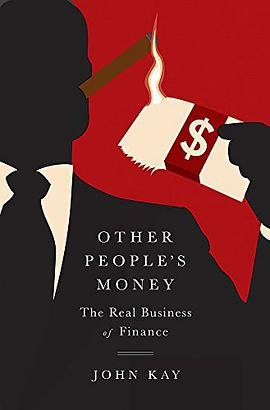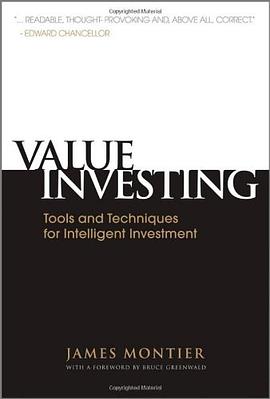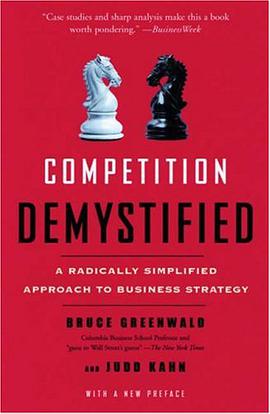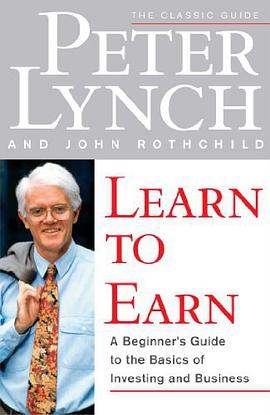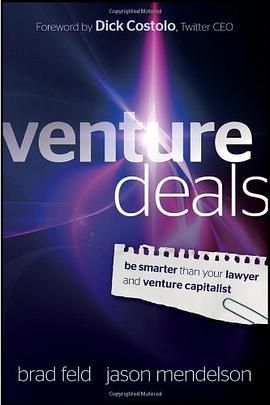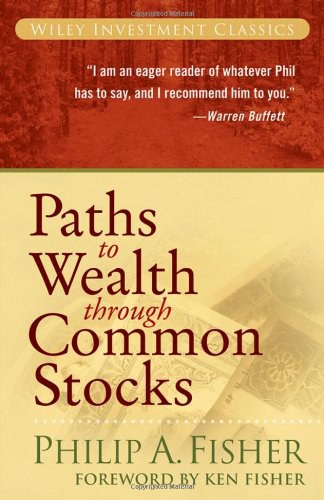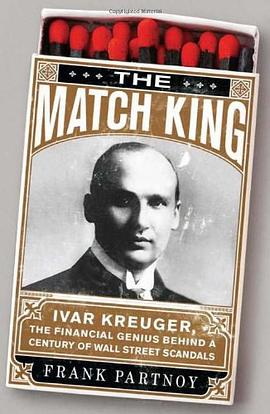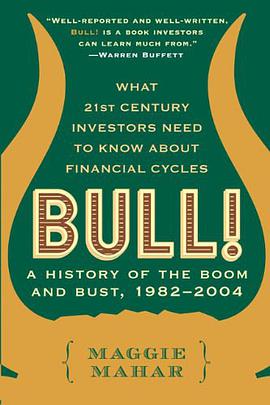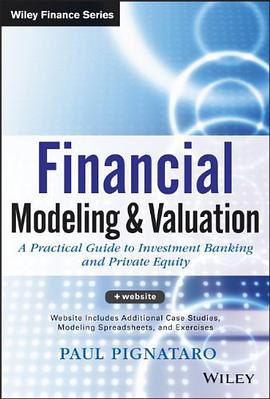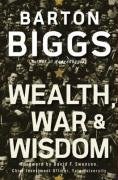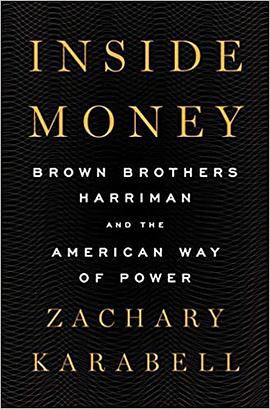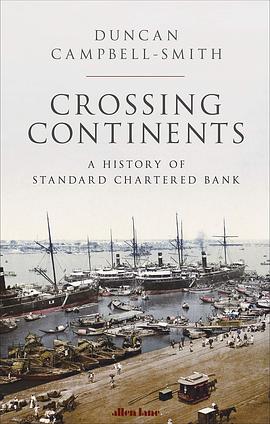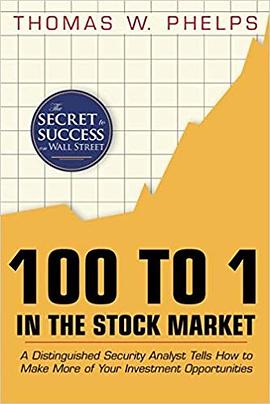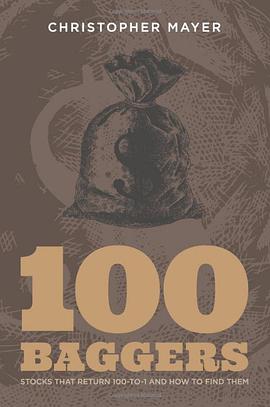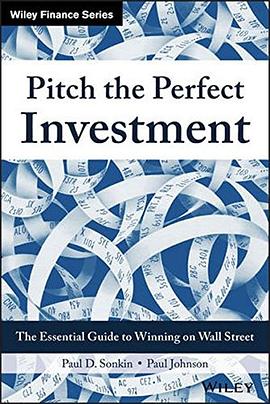Way of the Turtle 豆瓣
作者:
Curtis Faith
McGraw-Hill
2007
- 3
在线阅读本书
Book Description
After 25 years, the Turtles come out of their shells
"I could teach a turtle to trade."
While sightseeing at a turtle farm, legendary commodities trader Richard Dennis bet Bill Eckhardt that great traders didn't have to be born - they could be taught. To settle the wager, they recruited 23 individuals from all walks of life, gave them accounts to trade, and trained them for two weeks - hence the Turtle Traders.
The Turtles of 1983 earned more than $100 million in less than four years, becoming part of the most famous experiment in trading history. Dennis had won his bet. But the secret to this success has been a mystery - until now.
Shrouded in secrecy for nearly 25 years, the most successful Turtle Trader of them all breaks the silence, revealing his most lucrative trading strategies - and the Turtle legend
Curtis Faith, who was 19 years old when he joined the Turtles, went on to become the most successful member of the group. For the first time, he explains the wildly successful Turtle system-the rules, timing, risks, and rewards that can deliver enormous profits. Faith also shows you how to use this system in the modern market-including how to select the right trades, smooth out returns, effectively diversify, and know when to exit a winning trade.
Book Description
After 25 years, the Turtles come out of their shells
"I could teach a turtle to trade."
While sightseeing at a turtle farm, legendary commodities trader Richard Dennis bet Bill Eckhardt that great traders didn't have to be born - they could be taught. To settle the wager, they recruited 23 individuals from all walks of life, gave them accounts to trade, and trained them for two weeks - hence the Turtle Traders.
The Turtles of 1983 earned more than $100 million in less than four years, becoming part of the most famous experiment in trading history. Dennis had won his bet. But the secret to this success has been a mystery - until now.
Shrouded in secrecy for nearly 25 years, the most successful Turtle Trader of them all breaks the silence, revealing his most lucrative trading strategies - and the Turtle legend
Curtis Faith, who was 19 years old when he joined the Turtles, went on to become the most successful member of the group. For the first time, he explains the wildly successful Turtle system-the rules, timing, risks, and rewards that can deliver enormous profits. Faith also shows you how to use this system in the modern market-including how to select the right trades, smooth out returns, effectively diversify, and know when to exit a winning trade.

